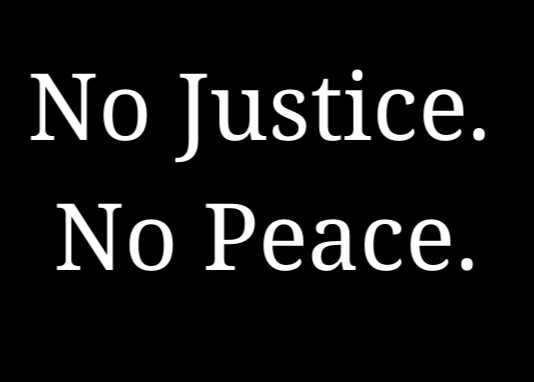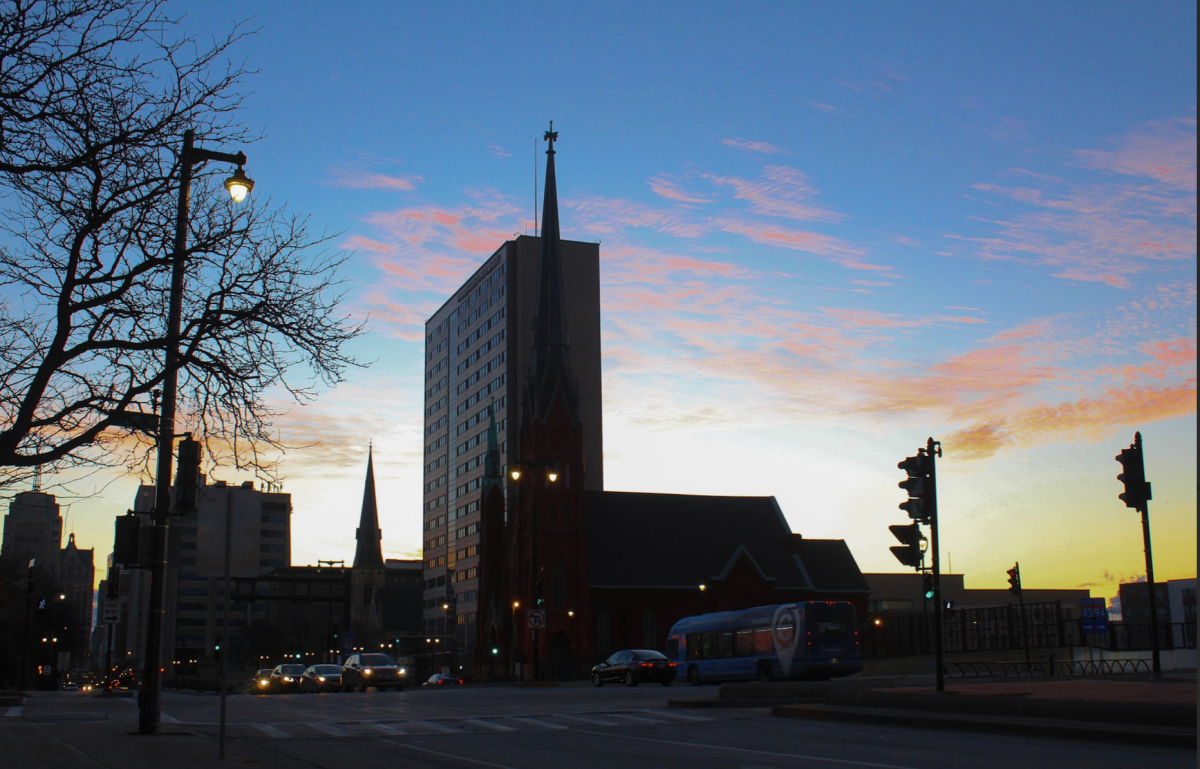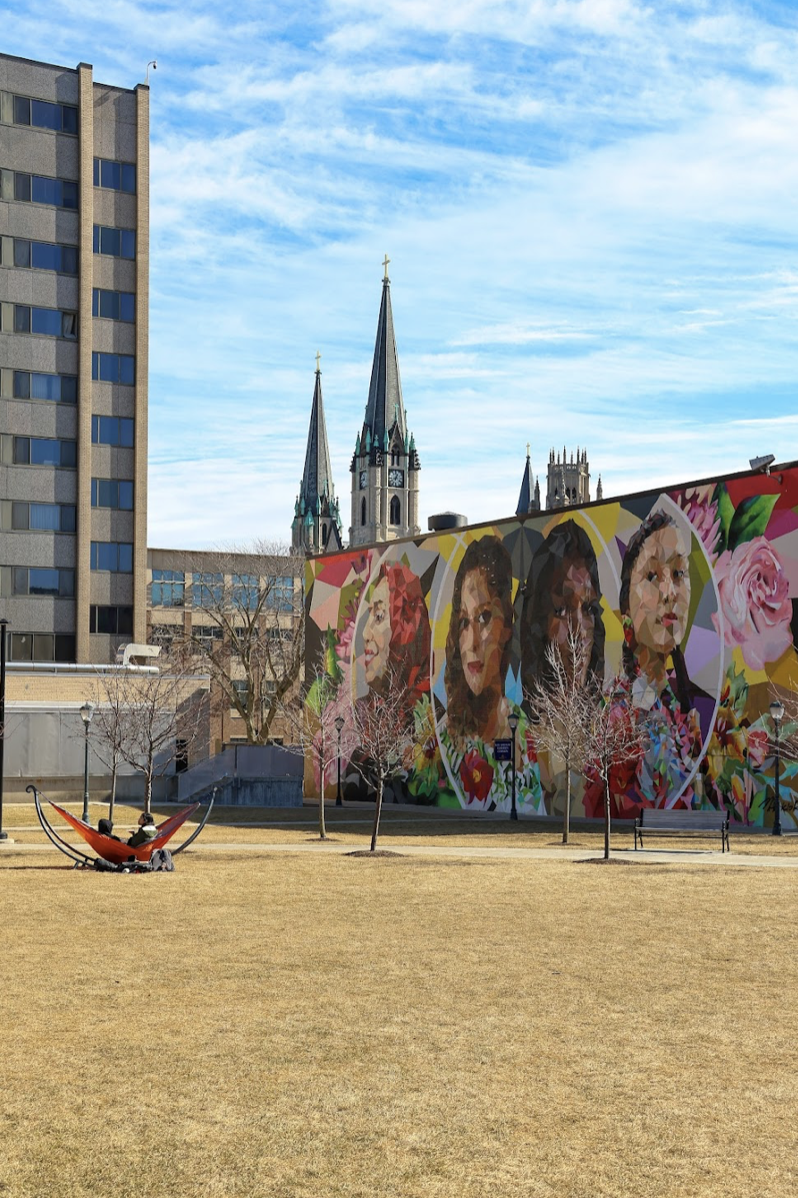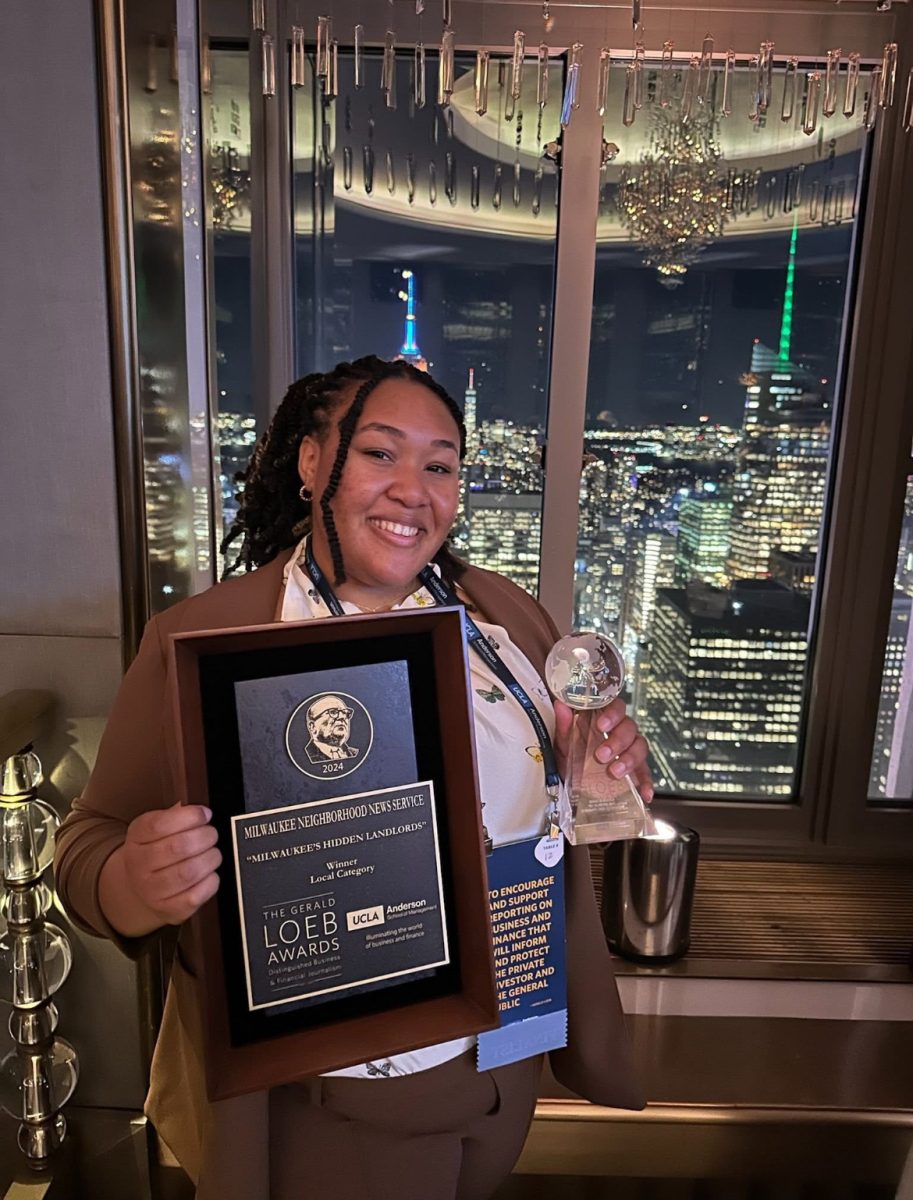 Racism is alive and well today. I know, that’s a bold statement coming from the white kid who grew up in the white neighborhood, went to the (mostly) white college-prep high school, and grew up in Milwaukee, ranked as the most racially segregated city in the United States by the 2010 census.
Racism is alive and well today. I know, that’s a bold statement coming from the white kid who grew up in the white neighborhood, went to the (mostly) white college-prep high school, and grew up in Milwaukee, ranked as the most racially segregated city in the United States by the 2010 census.
It’s been a long and bumpy road from 1865, with the passage of the 13th Amendment officially outlawing slavery, the civil rights movement of the 50s and 60s, and on to the present day. While racism may no longer be institutionalized or even socially acceptable in many cases, it is alive and well today — I’ve seen it.
I was in class the other day when a girl, let’s call her Regina, said the most racially ignorant statement I’ve heard in a long while.
“Would you consider yourself an ‘Oreo?’” Regina asked the guy sitting across from her.
Her ignorance permeated the air of our classroom. The class wondered if Regina truly just asked this kid if he considered himself to be an “oreo,” which, besides being “America’s favorite cookie,” is a derogatory term that means black on the outside, but white on the inside.
It is a term that falsely attributes certain behavior, ways of dressing and liking certain types of music to being “white.” It is a term that people use when a person who is African American doesn’t fit into a person’s schema, or stereotype, of how an African American should think, dress, talk and act.
Low and behold, Martin Luther King Jr.’s dream of his children being judged not, “by the color of their skin, but by the content of their character,” is a fight that we as a country, culture and university, still struggle with today.
“What?” she asked, confused by the silent looks of astonishment in our corner.
“You can’t just say that,” one student muttered in defense of political correctness.
“Why not?” Regina asked. “Is that a bad thing?”
Her face was blank with confusion.
At this point, I could tell that she was not just some racist who I could write off like I do when some drunken “celebrity” goes on a racial rant — unfortunate, but not worthy of my attention. Regina was not aware of what she had just said.
I couldn’t concentrate the rest of the class or help but think, “isn’t this ignorance today almost as bad as the racist bigotry of yesterday?” And in today’s context, yes, I think it is.
But I can’t place all the blame on Regina. I could tell she felt bad and didn’t understand the pain she caused the young man she referred to as an “oreo.” But if we cannot place the blame on her alone, whose fault is this ignorance? Our society? Our culture?
Perhaps one component is the university, Marquette. Regina was a sophomore at the time. That means she had already been on campus for three semesters. How is it that the issue of race, an issue so essential to Milwaukee, has not been broached in at least one of Regina’s classes?
While Marquette does offer a few classes dealing with race, it isn’t enough. Students who are already informed and interested in issues dealing with race will take these few upper-division classes, not those who don’t understand what racism is and how it affects them personally.
As a Jesuit university in Milwaukee, Marquette should offer options or alternatives that examine racism and segregation for intro level classes. These could not only fulfill some requirements, but could also examine Milwaukee as the manifestation of segregation that it has become.
This is not to say that Regina can be absolved of all blame. As a student at an institution of higher education, she should take it upon herself to become better informed. Each student at Marquette, or any university for that matter, should take it upon his or herself to become more engaged in the topics that plague our society today, be it racism, homophobia, heterosexism, sexism, ageism, or whatever “ism” it is. Find your own viewpoint, but by all means, be informed.







